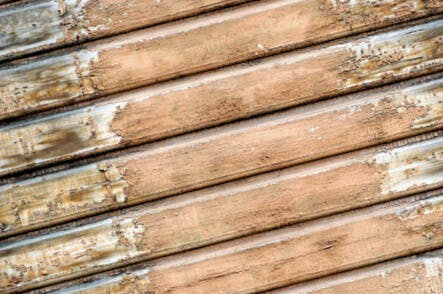Lead Levels in Paint

Question
How is lead in paint measured and what do we do if we find that there’s a dangerous amount in our home?
Dr. Greene's Answer
Lead levels in paints are measured in parts per million (ppm). You will need to find the concentration of lead in your paint to determine the level of risk. Currently, 600 ppm of lead is allowed in paint, since this much should not produce toxic levels in a child who eats it. If your chip contains 5,000 ppm or more, you will need to take action to make your home safe.
A common response to a positive lead test is to strip the old paint yourself. DON’T. The process of removing old paint (especially sanding, scraping or burning) can produce large amounts of lead dust. Lead poisoning is very common during remodeling. The Environmental Protection Agency (EPA) recommends using a contractor skilled in lead abatement to enclose or remove the lead from your home. In fact, the EPA recently issued a rule that will require all contractors involved in projects disturbing lead-based paint in homes older than 1978 to be certified in lead-safe practices by April 2010.
For information on finding such a contractor, and finding local laboratories that can test lead concentration in your home, contact your local Health Department and ask for the Department of Environmental Health. Another great resource is the National Lead Information Center at 1-800-424-LEAD. Lead specialists are available through this hotline to answer your questions and will send you detailed information on preventing lead poisoning. Requests for written information can also be submitted through their website at http://www.epa.gov/lead/pubs/nlic.htm. The National Safety Council also has some excellent information on lead through their website at http://www.nsc.org/search/results.aspx?k=lead.


